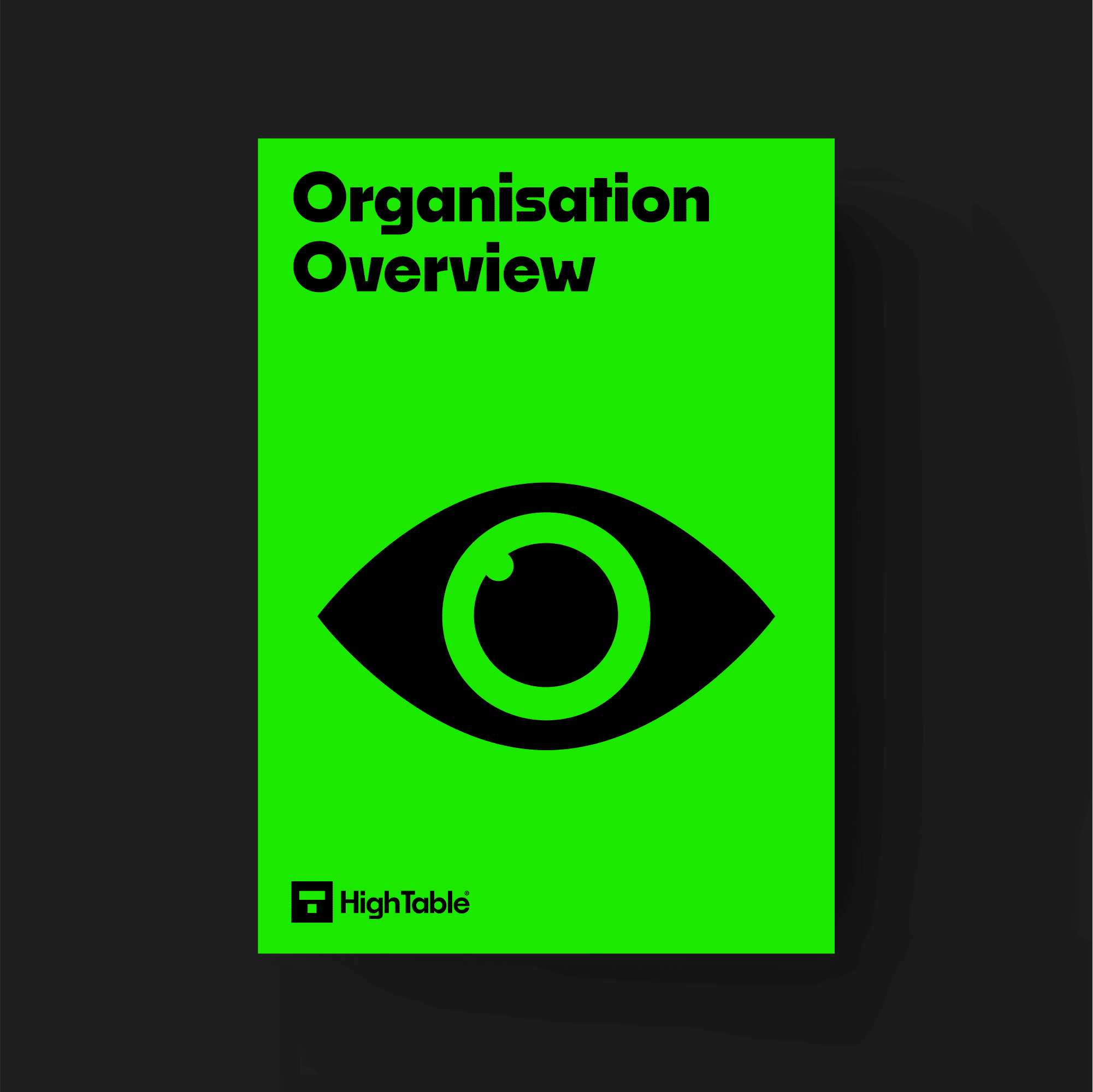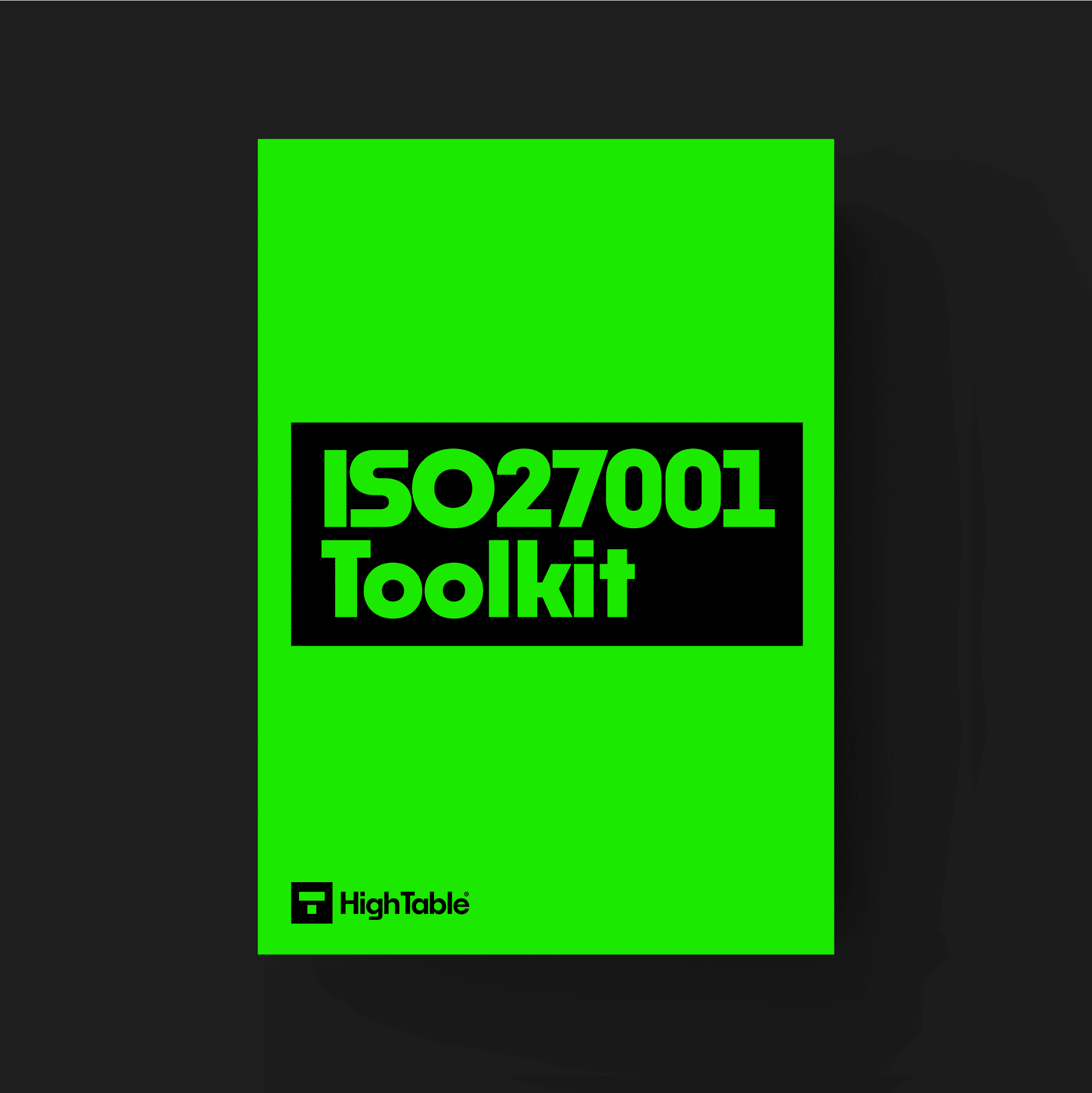The ISO 27001 Organisation Overview collates all the information about your organisation that could and does inform and influence the information security management system.
Table of contents
- What Is It?
- Applicability to Small Business, Tech Startups, and AI Companies
- ISO 27001 Organisation Overview Template
- Why You Need It
- When You Need It
- Who Needs It?
- Where You Need It
- How to Write It
- How to Implement It
- Examples of using it for small businesses
- Examples of using it for tech startups
- Examples of using it for AI companies
- How the ISO 27001 toolkit can help
- Information security standards that need it
- List of relevant ISO 27001:2022 controls
- ISO 27001 Organisation Overview FAQ
What Is It?
Imagine a short story about your company. This story, called the ISO 27001 Organisation Overview, explains who you are, what you do, and why you care about keeping your information safe. It’s like a quick introduction for anyone checking out your security efforts. You use it to show that you’ve thought about how information security fits into your business, and that you’re taking it seriously. It’s a key part of the documentation you need for ISO 27001 certification.
Applicability to Small Business, Tech Startups, and AI Companies
This organisation overview is super important for different types of businesses, but for slightly different reasons.
- For Small Businesses: You can use this overview to show clients that even though you’re small, you take security seriously. It helps build trust.
- For Tech Startups: This document can be a lifesaver. It proves to investors and partners that your innovative product is built on a secure foundation.
- For AI Companies: With so much sensitive data used for training models, this overview is crucial. It shows you have a plan to protect the data that powers your AI.
ISO 27001 Organisation Overview Template
The ISO 27001:2022 Organisation Overview Template is designed to fast track your implementation and give you an exclusive, industry best practice template that is pre written and ready to go.

Why You Need It
You need this overview to set the stage for your whole ISO 27001 journey. It helps auditors and internal teams understand your company’s context, including your goals and how you manage risk. Think of it as the foundation of your information security management system (ISMS). Without it, your security plan would feel a bit lost—it helps everyone see the big picture.
When You Need It
You should write this document at the very start of your ISO 27001 implementation process. It’s one of the first things you do after deciding to pursue certification. You’ll use it throughout the process and show it to auditors during your certification audit.
Who Needs It?
Everyone involved in your ISO 27001 project needs this overview. This includes the person or team leading the project, senior management, and the auditors who will review your work. It’s also helpful for your employees to understand the importance of information security.
Where You Need It
The overview is a core part of your ISO 27001 documentation. You should keep it with your other key policies and procedures, like your scope document and risk assessment. It’s a reference document that auditors will want to see.
How to Write It
Writing your overview is straightforward. Start by describing your company’s purpose and what you do. Talk about your products or services. Mention your company’s size, structure, and who’s in charge. Then, explain your security goals and how they align with your business. Keep the language simple and direct. You’re just telling your company’s story from a security perspective.
How to Implement It
Once you’ve written your overview, you need to make it official. Get senior management to approve it, and then share it with your team. Use it to guide your security decisions and ensure everyone understands the context of your ISMS. When things change in your business, like you add a new service, remember to update the overview.
Examples of using it for small businesses
You can keep it very simple. Talk about your main services, your customer base, and how you protect their information. Maybe you’re a local accounting firm; you’d mention protecting client tax data.
Examples of using it for tech startups
Your overview should focus on your technology. Talk about your platform, your users, and the data you handle, like customer login details or usage patterns.
Examples of using it for AI companies
You’ll want to highlight your unique challenges. Mention the data you use to train your AI models and how you keep that data private and secure.
How the ISO 27001 toolkit can help
A good ISO 27001 toolkit is a lifesaver. It provides pre-made templates for all the required documents, including the Organisation Overview. It also gives you guidance on how to fill them out. This saves you tons of time and helps you get your documentation right the first time, making your audit much smoother.
Information security standards that need it
This organisation overview is a key part of ISO 27001, which is an international standard for managing information security. Other standards that need it include:
- GDPR (General Data Protection Regulation)
- CCPA (California Consumer Privacy Act)
- DORA (Digital Operational Resilience Act)
- NIS2 (Network and Information Security (NIS) Directive)
- SOC 2 (Service Organisation Control 2)
- NIST (National Institute of Standards and Technology)
- HIPAA (Health Insurance Portability and Accountability Act)
List of relevant ISO 27001:2022 controls
The ISO 27001:2022 standard has one main clause that relate to the organisation overview: ISO 27001:2022 Clause 4.1 Understanding The Organisation And Its Context
ISO 27001 Organisation Overview FAQ
- Is this a long document? Not at all. It’s usually just a few pages.
- Who writes it? Usually, the person leading the ISO 27001 project.
- Do I need a lawyer to write this? No, you can write it yourself.
- How often do I update it? Whenever there’s a significant change to your business.
- Is it a public document? No, it’s for your internal use and for auditors.
- Can a small business really do this? Yes, the overview is very scalable.
- What if my company is brand new? Just describe your current state and future plans.
- Does it need to be formal? It should be professional but conversational is fine.
- What’s the most important part? Explaining how security fits into your business.
- Do I need to list all my employees? No, just describe your overall structure.
- What’s the difference between this and a scope? The scope defines what’s included; the overview provides the context.
- What if my business is very complex? You can use an appendix for extra details.
- Is this part of the audit? Yes, auditors will ask to see it.
- Does it cost money to create? No, just your time.
- What if my business changes a lot? Keep it a “living document” that you update often.


